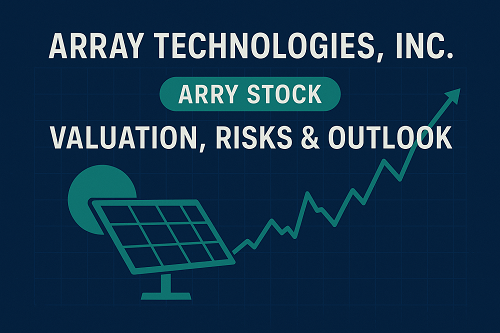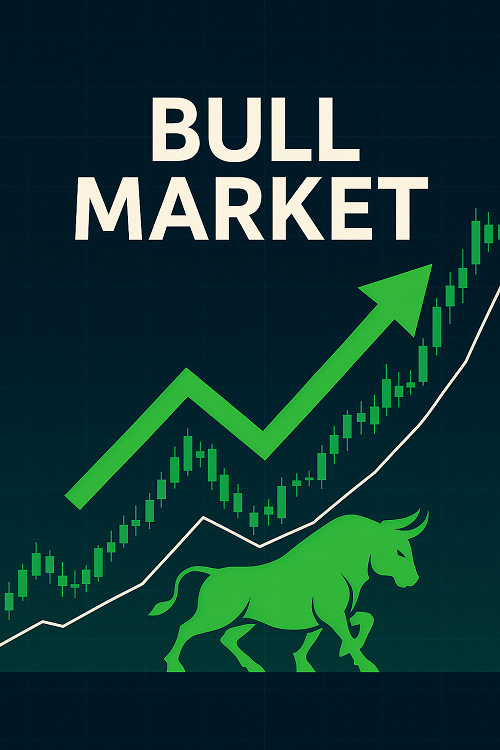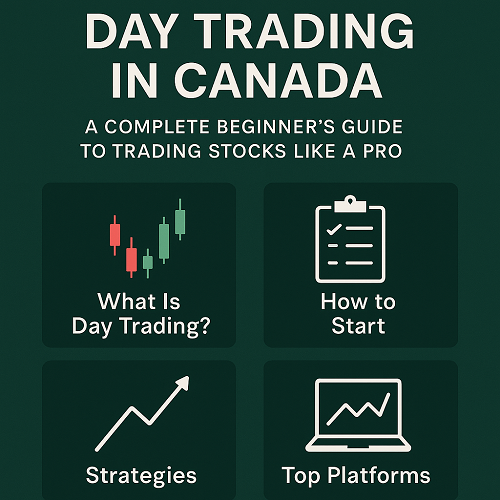The Australian Securities Exchange (ASX), commonly referred to in discussions about the Australian stock exchange, is Australia’s principal securities exchange and a pivotal entity in the global financial ecosystem. From equities to derivatives, it provides a fully-integrated platform encompassing listing, trading, clearing, settlement, technology and data services. This article offers a comprehensive and richly detailed overview of ASX — covering its history, structure, products, regulatory environment, strategic challenges and investor implications — with the aim of being the definitive resource for professionals, analysts and serious market participants looking to understand or engage with the Australian marketplace.
ASX at a Glance
- Name & Listing: ASX Limited operates the Australian Securities Exchange, headquartered in Sydney.
- Formation: The modern ASX was shaped via key milestones — including the amalgamation of state exchanges in 1987 and the 2006 merger with the Sydney Futures Exchange.
- Scale: Today, ASX boasts a market capitalisation of ~A$1.6 trillion and average daily turnover of over A$4.6 billion, making it one of the world’s top 20 listed exchange groups.
- Functions: ASX acts as a market operator, clearing house, payments-system facilitator, technical & data services provider.
- Vision: “To be the world’s most respected financial marketplace.”
Historical Evolution
Origins
The roots of ASX go back to the mid-19th century. The first state exchanges in Melbourne (1861), Sydney (1871), and others laid the groundwork for what would become a national system.
National Consolidation
In 1987, legislative action enabled the formation of ASX via the consolidation of six state-based exchanges.
Technological & Structural Transformation
- The move from floor-based trading (call system, chalkies) into electronic systems marked a major transformation.
- Demutualisation: ASX became the first exchange globally to demutualise and list its own shares in 1998.
- Merger: In July 2006, ASX merged with the Sydney Futures Exchange (SFE) to create a multi-asset class marketplace.
Recent Developments
ASX continues to evolve with new listing regimes, refinements to clearing/settlement infrastructure, and adapting to digital trends in the capital-markets space.
Market Structure & Key Products
Equity Market
ASX is home to thousands of listed companies, from large blue-chips to smaller growth-oriented firms. Its primary indices include the S&P/ASX 200, S&P/ASX 100, and S&P/ASX 50.
Derivatives & Futures
Through its merged futures business (originally the SFE), ASX offers futures and options on equities, indices, interest rates, commodities and other asset classes.
Fixed Income & Interest Rate Products
ASX supports trading in corporate bonds, floating‐rate notes and preference shares, providing fixed-income investors with scaled access to Australian debt markets.
Clearing, Settlement & Post-Trade Services
The ASX group provides full custody, clearing and settlement services (notably via CHESS — Clearing House Electronic Sub-register System).
Data, Technology & Information Services
In recognition of the growing value of data and connectivity, ASX offers market data, technology services and infrastructure to participants locally and internationally.
Trading Systems & Settlement Mechanisms
Trading Platforms
ASX uses two principal platforms:
- ASX Trade: For equity securities, using NASDAQ OMX Genium INET for ultra-low latency.
- ASX Trade24: For derivatives, a 24-hour globally distributed platform with access points in Chicago, New York, London, Hong Kong, Singapore, Sydney and Melbourne.
Market Hours & Phases
- Pre-Market Session: ~7:00-10:00 AEST
- Normal trading session: 10:00-16:00 AEST
- Closing single‐price auction: ~16:10-16:12 AEST
- National holidays apply.
Settlement & Clearing
- CHESS and issuer-sponsored sub-registers: Investors may be holdings via CHESS (with HIN) or via issuer-sponsored register (with SRN).
- Settlement cycle generally T+2, with robust mechanisms to ensure delivery and address shortfalls (especially for short selling).
Short Selling Rules
Short selling is permitted under defined conditions; ASX reports aggregate gross short sales and imposes procedural requirements for brokers.
Regulation & Governance
- The regulator Australian Securities and Investments Commission (ASIC) supervises ASX’s compliance with listing rules, as well as participant conduct.
- The Reserve Bank of Australia (RBA) has oversight of ASX’s clearing and settlement facilities to ensure financial-system stability.
- Corporate governance standards: ASX promotes best practices among listed entities and monitors rule adherence.
Role in Global Capital Markets
ASX is more than just a domestic exchange. It plays a significant role regionally and globally:
- It is one of the largest exchange groups by listed market capitalisation.
- Australia’s equities, fixed income and derivatives markets rank highly in the Asia-Pacific region.
- ASX supports international connectivity, and its technology platforms enable global access for foreign investors.
Strategic Challenges & Future Outlook
Technological Upgrade & Infrastructure Resilience
ASX has made substantial investments in technology to maintain latency, reliability and infrastructure resilience. Upgrades to settlement systems and trading platforms remain high on the agenda.
Regulatory Pressure & Competition
Increasing regulatory scrutiny (for example around clearing/settlement infrastructure) and competition from alternative trading venues are key strategic issues.
Listing Pipeline & Capital Market Depth
Weak IPO activity or a challenging capital raising environment can impact ASX’s growth in listings and trading volumes.
Globalisation & Digital Assets
The rise of digital assets, alternative listing venues and cross-border capital flows present both opportunities and threats for ASX’s business model.
Investors’ Risks & Opportunities
Opportunities
- Diversified marketplace across asset classes: equities, derivatives, fixed income.
- High transparency, regulated environment, and strong investor protections.
- Growth potential as Australia’s superannuation system drives demand for listed securities and ETFs.
Risks
- Infrastructure failures or outages (impacting trading/settlement) can erode investor confidence.
- Global economic & interest-rate shifts affecting liquidity, corporate listings and trading volumes.
- Regulatory changes may impose higher compliance costs.
- Increased competition from rival exchanges or digital marketplaces may erode ASX’s domestic franchise.
Conclusion
The Australian Securities Exchange stands as a cornerstone of the Australian and global financial architecture — combining depth, reliability and breadth of market offerings. For investors, analysts and market participants, understanding ASX’s structure, operations and strategic positioning is crucial. While the fundamentals remain strong, the future will belong to those who adapt rapidly — whether in technology, regulation, global connectivity or investor engagement.





 XAUT-USD
XAUT-USD  AMD
AMD  MARA
MARA  SHOP
SHOP  BULL
BULL  CL=F
CL=F